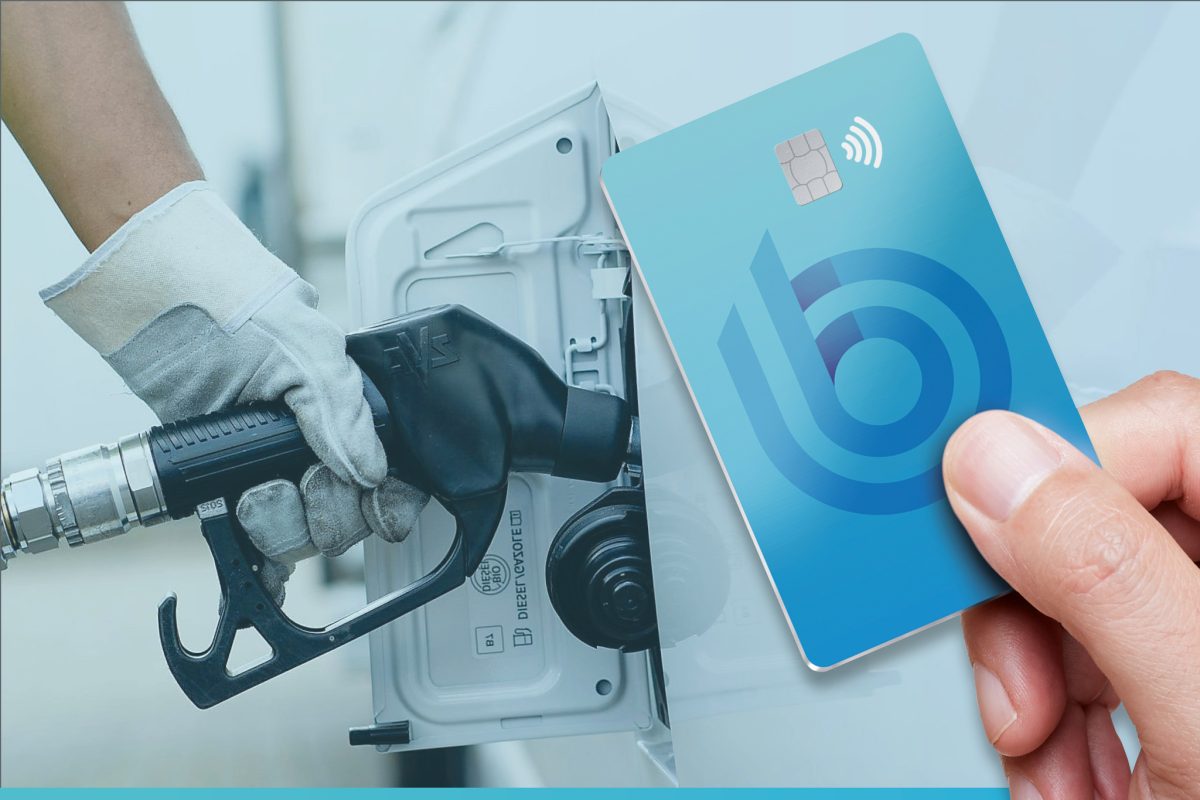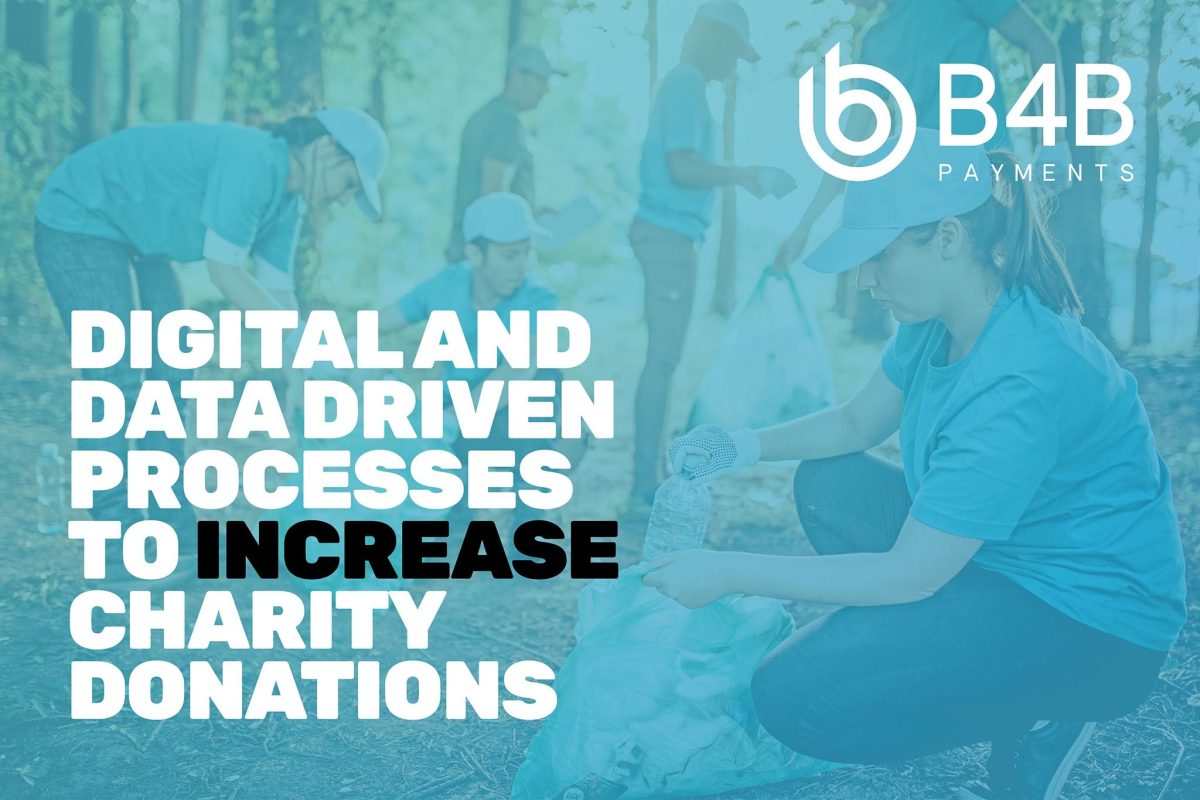With fuel costs surging, it’s no surprise that fleet owners are taking steps to track and control their spend levels. Fuel cards are a big industry – it’s estimated to grow to over $2.5 trillion by 2030.
While for larger fleets, specific fuel cards can be a useful way of managing mileage and maintenance scheduling, a specific system for fuel can be overkill for smaller businesses. Here are some reasons you might want to consider an all-in-one solution for your transport expense management, and opt for a prepaid card scheme instead of a fuel card:
More flexible
Fuel cards do what they say on the tin – they’re used to purchase fuel. However, your drivers will incur a range of different expenses while they’re on the road, from food and subsistence to accommodation, tolls and even emergency repairs.
The benefit of a B4B Payments prepaid expense card is that it can be used in millions of locations worldwide, on a huge range of different products and services. This means your team can carry a single payment card for all their company expenses.
Some fuel cards are also linked to a specific chain of petrol stations, potentially forcing your team to go out of their way and rack up unnecessary mileage to find a participating station. A B4B prepaid card works just like an ordinary debit card, so it can be used in millions of locations worldwide.
Consolidated reporting
Managing expenses can be a time-consuming process for your finance team – collecting spend data from multiple systems is inefficient and can result in mistakes if information has to be manually copied from one place to another.
With a single prepaid card to manage all your company expenses, your data will all be accessible from a single easy-to-use reporting platform. With easy categorisation of expenses and seamless integration into accounting platforms like Sage or Xero, your team will save countless hours on manual data entry which they can spend on analysing trends and spotting opportunities to make savings instead.
Virtual cards
If your team member loses their fuel card, this can put them in a difficult situation. They (or you) will need to contact the card issuer to have it blocked, and will have to pay for their fuel themselves and claim back their expenses later. If your driver doesn’t have the available balance in their own accounts to do this, they’re stuck.
With prepaid B4B cards, you have full control. Lost or stolen cards can be blocked instantly by your own team from within the management portal, or cardholders can do this themselves via the cardholder app. Replacing a B4B card is also much easier than replacing a fuel card – new card details can be sent out virtually and used over Apple or Google Pay on your team member’s phone, so there’s no need for them to cover the cost of fuel or other expenses themselves.
Budget Control
A big difference between most fuel cards and B4B’s prepaid cards is that fuel cards operate on a credit basis – your usage is charged to you in arrears after its been spent. This can cause problems for your cashflow if expenses are higher than average one month.
With prepaid cards, it’s only possible to spend the balance on the card, and there’s no credit facility, so it’s not possible to overspend. If your team needs additional funds you can load these instantly, but you’ll know about this in advance so there’ll be no nasty surprises at the end of the month.
Lower fees
Depending on the volume of vehicles and mileage, prepaid cards can be better value than fuel cards. While at scale, fuel cards can help companies save by offering a discount on fuel costs, there are also a number of fees associated with holding a fuel card, from an annual charge per vehicle to a minimum usage level and surcharges for using them for things like motorway toll roads.
B4B prepaid cards have no hidden fees and no minimum spend, so for smaller fleets or lower mileage requirements, you could find that the lower running costs offset the fuel discount you’d receive from a fuel card.
Streamline your fleet expenses with B4B Payments
If you’re running a smaller fleet of vehicles or employing casual drivers, B4B Payments’ prepaid cards could help you take the stress out of managing your fleet expenses. With greater flexibility than a fuel card and no hidden fees, a prepaid card scheme could help you save time and money on fuel and driver expenses.
Find out more by visiting our dedicated page or alternatively completing our form HERE.















